Mahabodhi Temple – An Iconic Tourist Site
Blogs Home
- 20 Jul 2022
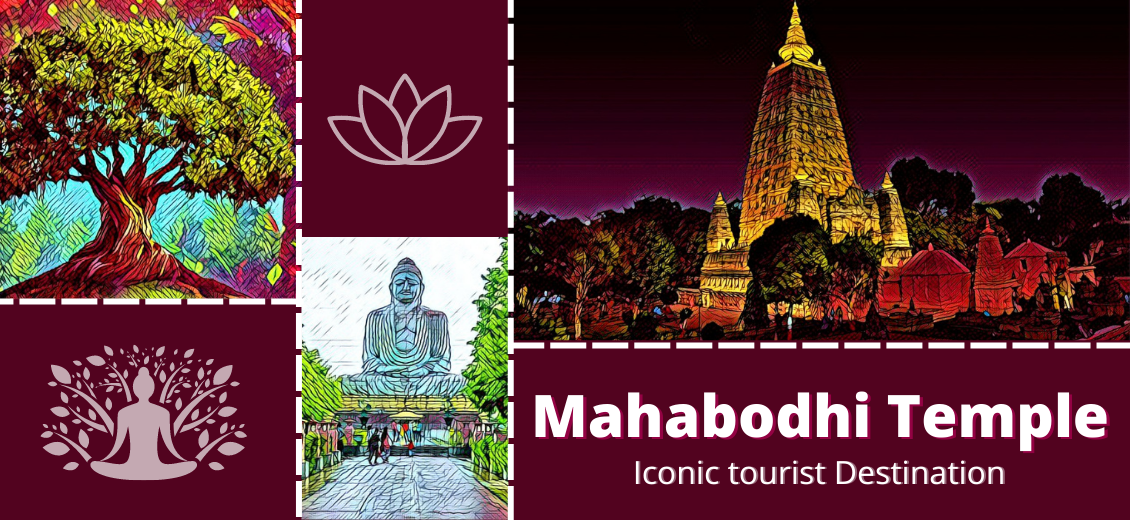
Every piece of ancient Indian architecture has its own story, its history which is narrated by its walls and pieces of stones, that make up the monument. It’s the same in the case of the magnanimous Mahabodhi temple in Bihar that stands firm as an epitome of the Buddhist faith – the religion which is established on the idea of giving up worldly pleasures and walking on the path of inner peace and finding pleasure in inner wisdom and the spiritual echelon achieved through enlightenment.
Mahabodhi Temple
Established in the 3rd century BC by Mauryan emperor Ashoka in central Bihar, Mahabodhi Temple is known as one of the four most prominent holy sites of Buddhism. This complex is related to Lord Buddha, his life, and specifically his attainment of enlightenment. Mahabodhi temple is one of the earliest Buddhist temples built solely on bricks. It resembles the durable strength of brick architecture since the Gupta period due to its infallible build for centuries.
It is located on the banks of the Niranjana River in Bodh Gaya. The temple has a height of 180 feet and has a pyramidal top (shikhara). This whole architecture consists of nooks, arch motifs, and engravings. The temple has four towers that look indistinguishable from the central tower but are relatively smaller in size. Each of them is capped with a dome-like structure and lays at the corners of the main edifice. A shrine inside the temple holds the statue of Buddha covered in glass.
Statue of Buddha
History
Ashoka was the emperor of the Mauryan empire who played a crucial role in forming social harmony through Buddhism. Buddhism was founded by Gautam Buddha who belonged to the Kshatriya clan of the Hindu belief. However, he was
always against the caste system but believed in a karma-based system. The propagation of the religion was taken over by Ashoka under Ashoka Dhamma Niti. Emperor Ashoka was an ardent proponent of affection, a vegetarian lifestyle, compassion, truth, and non-violence. He accepted Buddhism after the Kalinga war which left a great impact on his thoughts and ideas. Consequently, he focused on promoting Dhamma (moral principles). These moral principles aimed to restore human serenity without opposing any other religious beliefs. It was based on resisting evils like wrath, barbarity, pride, and envy and attaining ideas of compassion, benevolence, truth, self-control, plainness, innocence and honesty, ethical living style, and purity.
He established and solidified Buddhist ideologies through various inscriptions and laws made in the state. He even established the Mahabodhi temple to commemorate the existence and practice of Lord Buddha.
The Architecture and Design of Mahabodhi
Mahabodhi temple is built on a total area of 4.8600 acres of land. Besides the 50 metres central temple, it is comprised of the Vajrasana, sacred Bodhi Tree, and other six holy sites pertaining to enlightenment encompassed by stupas guarded by boundaries at various levels. The lotus pond which is also known as a sacred spot in the temple premises is located outside the courtyard. It catalogues the new way of finding God in the 3rd century laid by Buddha. The temple was established by Emperor Ashoka but its legacy and notion of the religion have also been carried ahead by various other kings with the evolution of the city and the building of monasteries around the temple.
Architecture And Design of Mahabodhi
The main temple is situated in the inside area and outside the enclosure is the pond, which is enveloped by different passages at two-three levels. With its magnificent build and structure, the place carries spiritual significance and the essence of critical events in the life of Lord Buddha. The main temple hall is built in a traditional Indian style and is 11m in height. One can enter it through its gates located on the eastern and northern sides. It has a basement ornated with honeysuckle carvings and geese patterns. The hall has a lofty interior with a series of niches comprising portrayals of Buddha. The classical architecture of Indian temples of an arched shikhara (head/top) capped by Amalak (segmented/ notched stone disk) and Kalasha (a pinnacle element that looks like a vase made up of stone placed at the top of a temple, it is also known as a pitcher).
On the boundaries, distinctively at the four corners of the temple, there are four statues of Buddha in small pillar chambers. These four shrines have a small tower over them. The temple has its main face towards the east with nooks containing idols of Buddha. Through a doorway in the temple, one can reach the sanctum via a small hall. This sanctum contains a metal statue of Buddha which is over 5ft in height. The statue resembles Buddha holding the earth signifying his achievement of enlightenment. Above the sanctum, there is the main hall, which also has an idol of Buddha where senior monks gather to pray and meditate.
Buddha Holding Earth
The Central Path and Buddha's Enlightenment
The path on the eastern side of the temple has significant places including votive stupas and shrines surrounding that area. Each of these spots has events associated with various events that follow the Buddha’s enlightenment.
Bodhi Tree
One of the most sacred among these places is the Bodhi Tree located on the western side of the temple. This tree is gigantic and is supposed to be the direct descendant of the Bodhi Tree where Buddha had stayed for the first week of his enlightenment. On the northern side of the platform is a prayer hall known as Animeshlochan Chaitya where Buddha spent his second week.
Animeshlochan Chaitya Prayer Hall
His third week of enlightenment was spent in the area called Ratnachakrama (jewelled walking) where he walked eighteen paces back and forth. His steps have been marked by raised lotus stones. On the northeastern side of the park is Ratnaghar Chaitya where Buddha has spent his fourth week of enlightenment.
Ratnachakrama
Just after the east entrance of the central path, a pillar commemorates the site as Buddha's fifth week of enlightenment. It is known as the Ajapala Nigrodh Tree under which Buddha meditated during his fifth week, and heard the dilemma of Brahmans.
Ajapala Nigrodh Tree
His sixth week was spent next to the Lotus Pond and the seventh week was spent under the Rajyatana Tree. Vajrasana, the Diamond throne installed by Emperor Ashoka, is attached to the main temple next to the Bodhi tree.
Lotus Pond
This platform is known as the Buddha’s meditation site. Formerly, a sandstone rail of stairs bordered this site under the Bodhi Tree, but now only some of the original pillars of the rail remain in place; on these pillars, there are carvings of engraved animals, human faces, and other details.
Moving ahead in the central path lies a small shrine on the southern side where there is a statue of Buddha standing in the back and has his footsteps (padas) carved on the black stone. These footprints date back to the 3rd century when Ashoka claimed Buddhism to be an independent religion. He laid similar footprints to celebrate it across the whole kingdom.
The main gateway of the temple which is on the central path was initially built by Ashoka but was later rebuilt by other kings coming to the region. Other than this, there are several Bodhisattvas and Buddha's idols on the path.
Bodhisattvas
Not only Ashoka but there were very noblemen from different areas who also established various votive stupas on the southern side of the path. These stupas vary in size and shape.
Votive Stupas
Buddhism originated in India and its roots have been spreading across various Asian nations and have now been attracting western followers. The beliefs and ideology behind this religion are favoured by many. Attaining enlightenment is the biggest feat in Buddhism and thus Buddha's attainment of Nirvana (inner solace) is of great importance. The Mahabodhi Temple celebrates the seven-week enlightenment period of Lord Buddha with its great brick architecture from centuries ago. This site is the most revered site in Buddhist culture across the world. The temple is also regarded as a world heritage site by UNESCO and it’s also on the list of iconic tourist destinations declared by the government of India. As the site welcomes thousands of pilgrims every year, its infrastructure and public facilities are indeed a priority for the nation and government.

Shrishti Gupta
Blogs Home
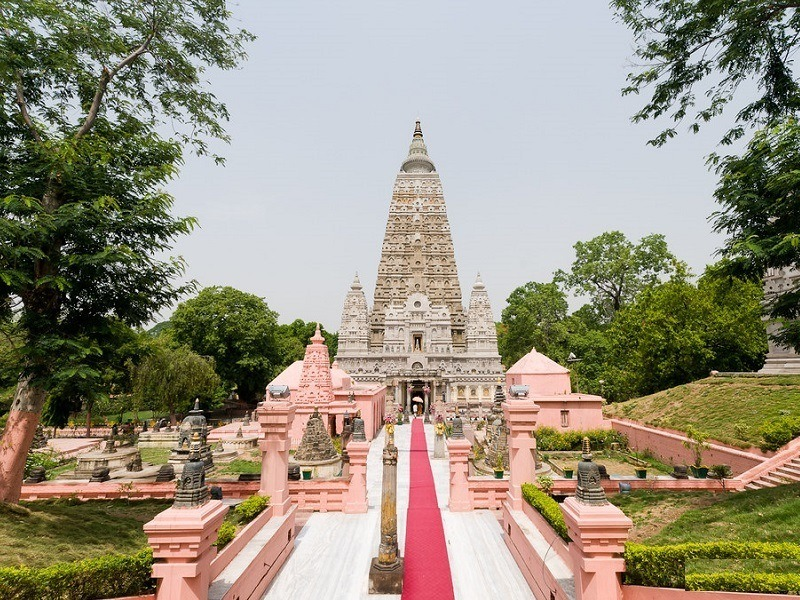

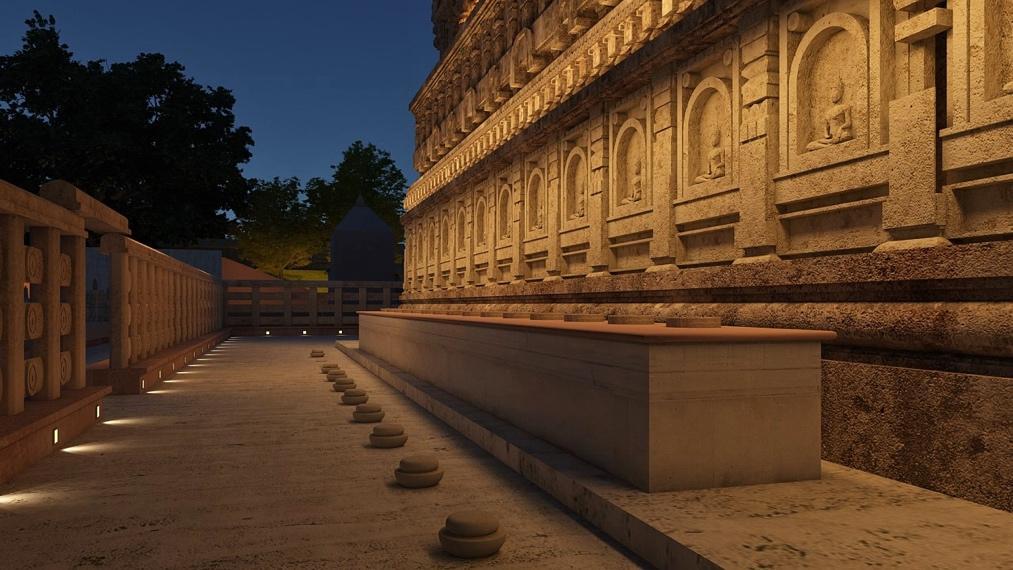

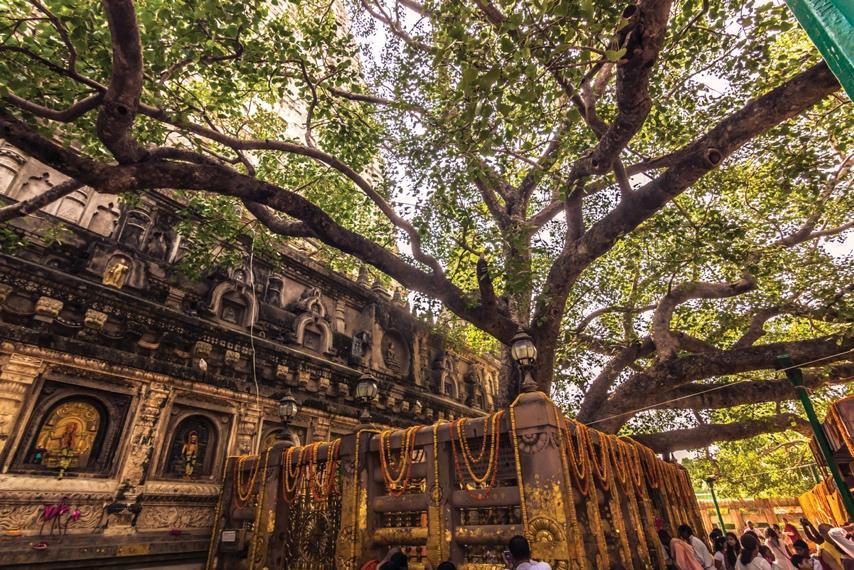
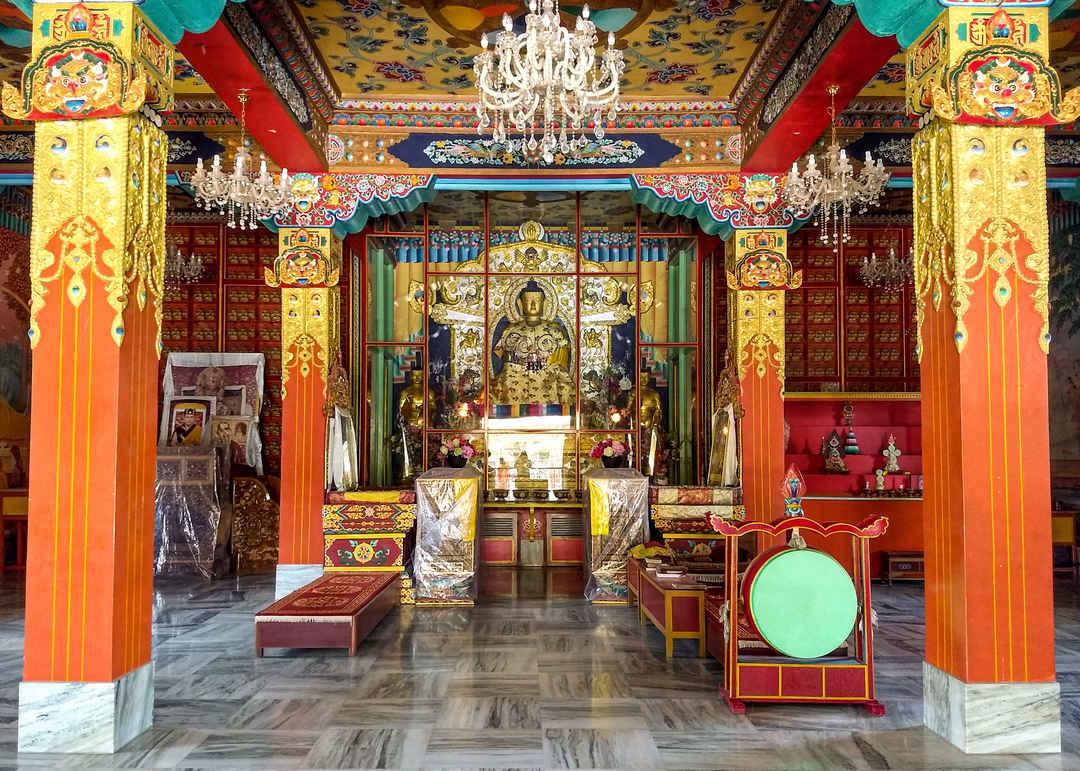
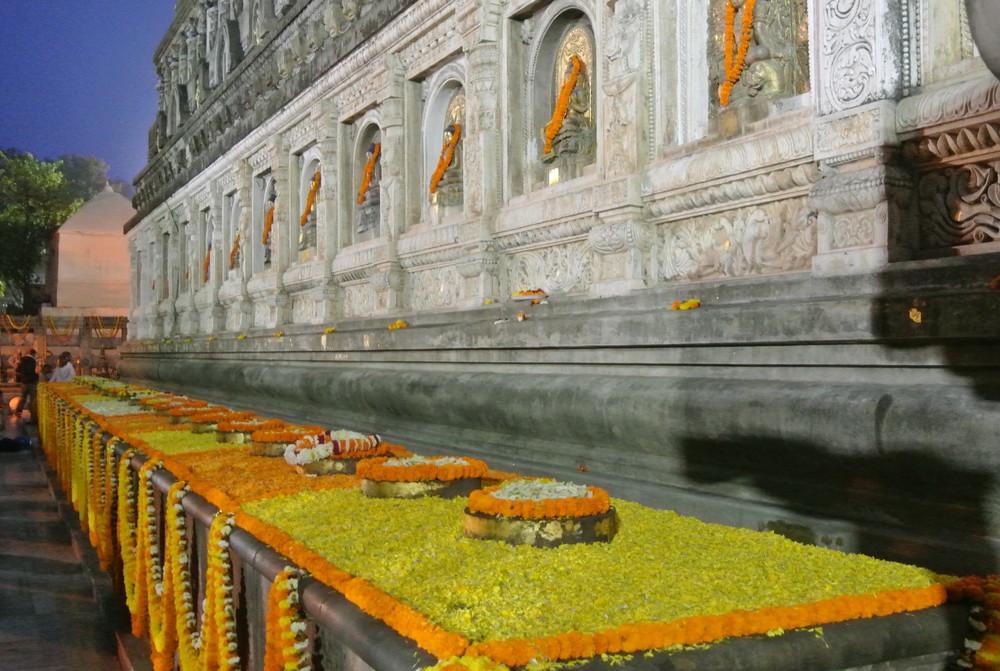

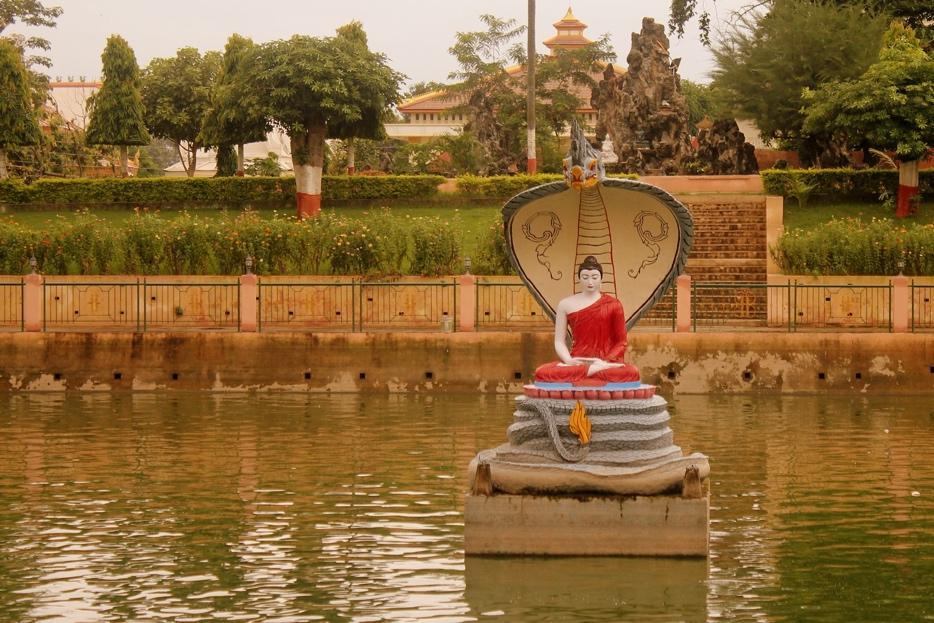
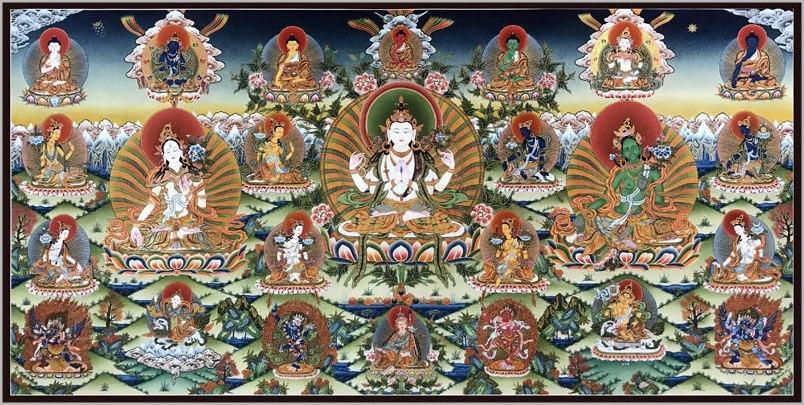





-min.jpg)